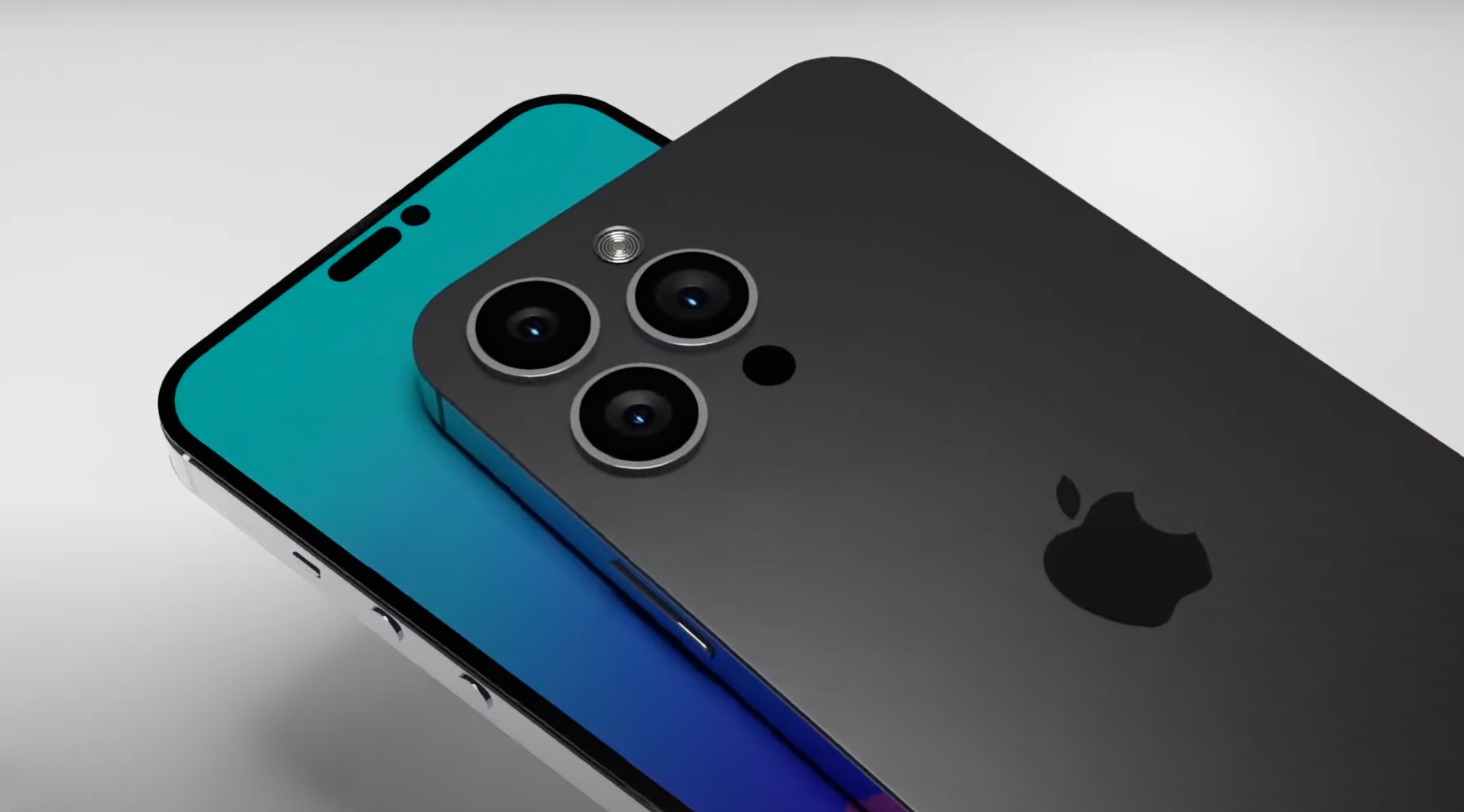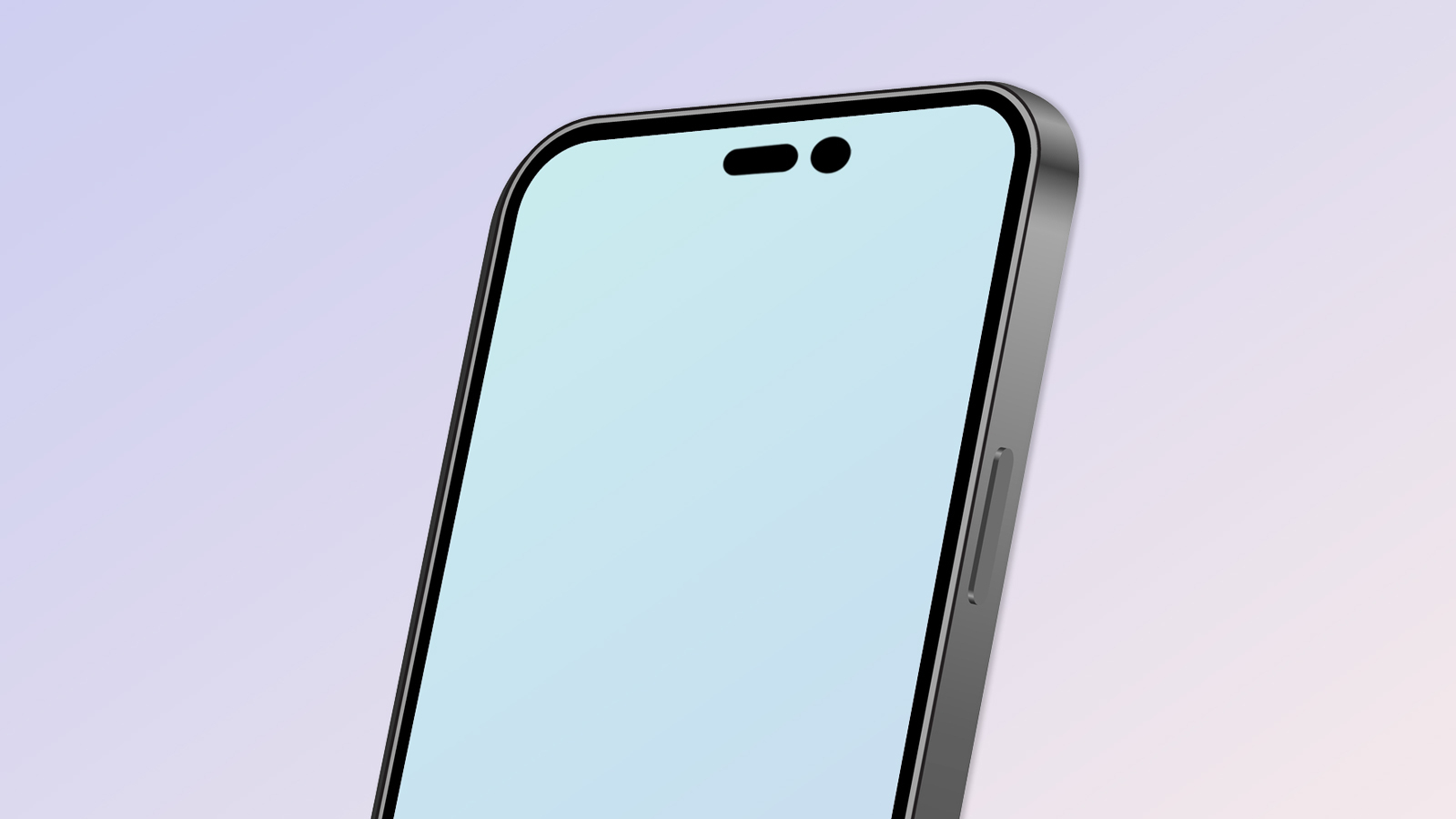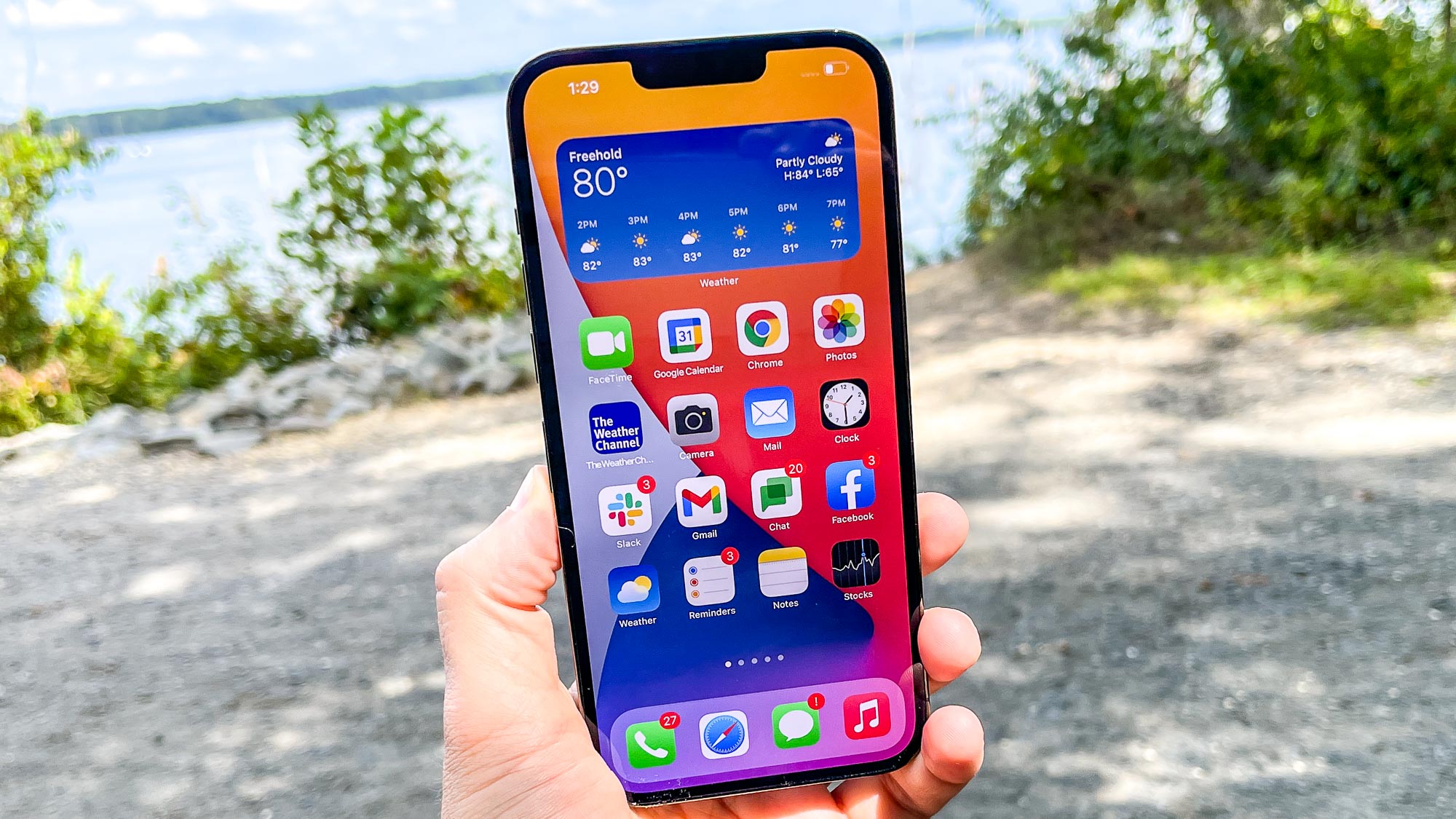iPhone 14 design — here's all the ways Apple could ditch the notch
There's more than one way to design an iPhone — which would you pick?

Apple's iPhone 14 could have a very different look when it arrives this fall. And it all comes down to what Apple decides to do with the notch.
If you've seen an iPhone released since 2017, starting with the iPhone X, you've seen the notch. That's black strip that dips down from the bezel at the top of the iPhone's display into the screen itself. It's there to house the iPhone's front camera as well as all the sensors needed to support the Face ID unlocking feature.
On the one hand, the notch gives Apple's phones a very distinctive look. But it also means that iPhones don't offer a display that stretches from one end of the device to the other. As Android phone makers have shrunk down the bezels on their device and turned to cutouts and teardrop-sized notches to accommodate their front cameras, the iPhone's notch seems to stand out even more — and not in a good way.
The iPhone 13 made an effort to minimize the notch, reducing it by 20% from the notch that adorned the iPhone 12 models. But the iPhone 14 could take things a step further, eliminating the notch entirely in an effort to offer a full-screen device.
Should Apple go this route — and a notch-less iPhone remains very much a rumor — there are several options Apple can pick from on how it can swap out the notch and still have room for a front camera and Face ID sensors. Here's a close look at the different designs Apple could use for the iPhone 14.
For the purposes of this exercise, we'll assume that all four anticipated iPhone models are doing away with the notch. Initial rumors had suggested only the iPhone 14 Pro and iPhone 14 Pro Max would take this step, but we've also heard rumors that a notch-free design is in the works for the other iPhone models as well.
Option 1: iPhone 14 with no notch and a pill-shaped cutout

If you can't beat 'em, join 'em — that seems to be the philosophy with this iPhone 14 design option in which Apple would replace the iPhone's notch with a cutout for housing the TrueDepth camera.
Get instant access to breaking news, the hottest reviews, great deals and helpful tips.
Because this is Apple, though, we wouldn't get a mere circular cutout like the one you see on the Galaxy S21 or OnePlus 10 Pro. Instead, rumors suggest a pill-shaped cutout for the iPhone 14.
This is more than just Apple being iconoclastic, however. The likely reason Apple would turn to this unusual shape is to also expose the necessary sensors used to support Face ID.
Pros: No more notch; the iPhone retains a distinctive design
Cons: A pill-shaped cutout is more noticeable than a punch-hole one; would the cutout be big enough for both a camera and FaceID sensors?
Option 2: iPhone 14 with no notch and multiple cutouts

It might be more accurate to call this Option 1B, in that the iPhone 14 would once again sport a pill-shaped cutout. But off to the side, there will be a second circular cutout.
This approach comes to us via display analyst Ross Young, who suggests the pill-shaped cutout would house the front camera along with the infrared camera needed for face-unlocking. Meanwhile, that second cutout would be where Apple places the Face ID dot projector. Again the idea is that a single cutout wouldn't be enough to expose all of the sensors needed to get Face ID to work properly.
The nicest thing we can say about this look is that it would certainly be a unique design. But with that many cutouts appearing on the screen, you'd have to wonder if Apple would be better off sticking with the notch. At least we're all used to that by now.
Pros: Enough openings for both the front camera and Face ID to work properly
Cons: That's a lot of holes
Option 3: iPhone 14 with no notch and under-display cameras

This would be the dream, wouldn't it? An iPhone with an uninterrupted screen — no notches, no cutouts, no thick bezels. Just a vast panel for enjoying videos and using apps, with any lenses or sensors tucked beneath the glass.
The key word in that last paragraph is "dream," of course — because that approach simply isn't realistic at this point.
Rumors have suggested that Apple is exploring the possibility, at least with Face ID. But it sounds as if the technology isn't there yet to get everything working properly. "Face ID under the display isn't ready yet," Young tweeted, adding that the feature is more of a possibility for the 2023 or 2024 iPhone models.
As for under-display cameras, other phone makers have already incorporated them into some devices. But based on our experience using the under-display camera on Samsung's Galaxy Z Fold 3, we'd suggest this technology isn't ready for prime time either — certainly not at the level that Apple would demand for its iPhone.
Pros: It would look really cool
Cons: The technology's not there yet
Option 4: iPhone 14 with the notch intact

There is one other course of action for Apple to take with the iPhone 14 design — it could just not make any changes, leaving the notch as is.
For all the complaints you hear read about the notch in the tech press, it's clear that smartphone shoppers don't share that concern. Or, at the very least, they're not letting the notch stop them from buying the iPhone in record numbers. Apple sold just shy of $192 billion worth of iPhones in its 2021 fiscal year, suggesting that a display notch is not very much of a deal-killer.
Still, were Apple to keep the notch in place for another year, that would mean the iPhone's basic look would be the same as it was since the iPhone X's debut in 2017. Six years and counting of the same design seems very unlike Apple.
Pros: If it ain't broke, don't fix it
Cons: Booooooooring
Philip Michaels is a Managing Editor at Tom's Guide. He's been covering personal technology since 1999 and was in the building when Steve Jobs showed off the iPhone for the first time. He's been evaluating smartphones since that first iPhone debuted in 2007, and he's been following phone carriers and smartphone plans since 2015. He has strong opinions about Apple, the Oakland Athletics, old movies and proper butchery techniques. Follow him at @PhilipMichaels.

